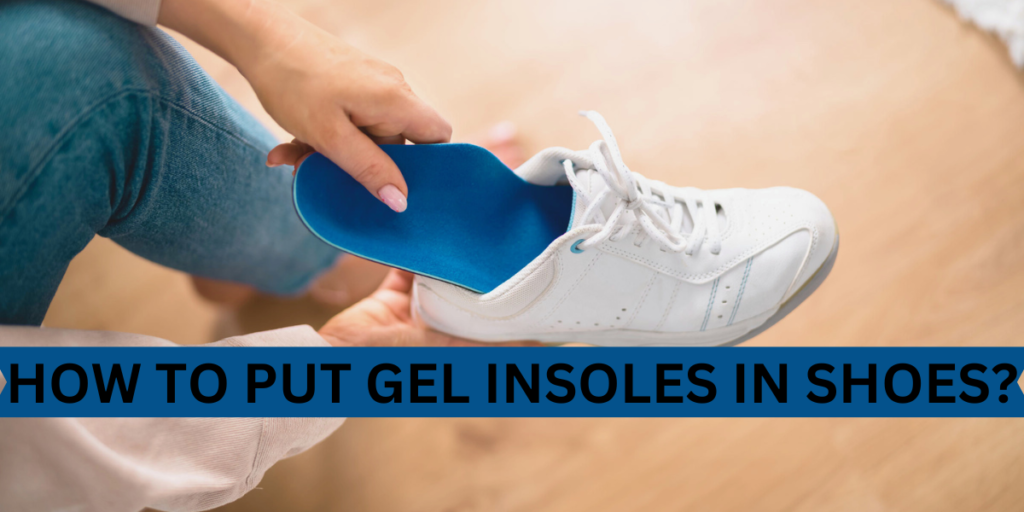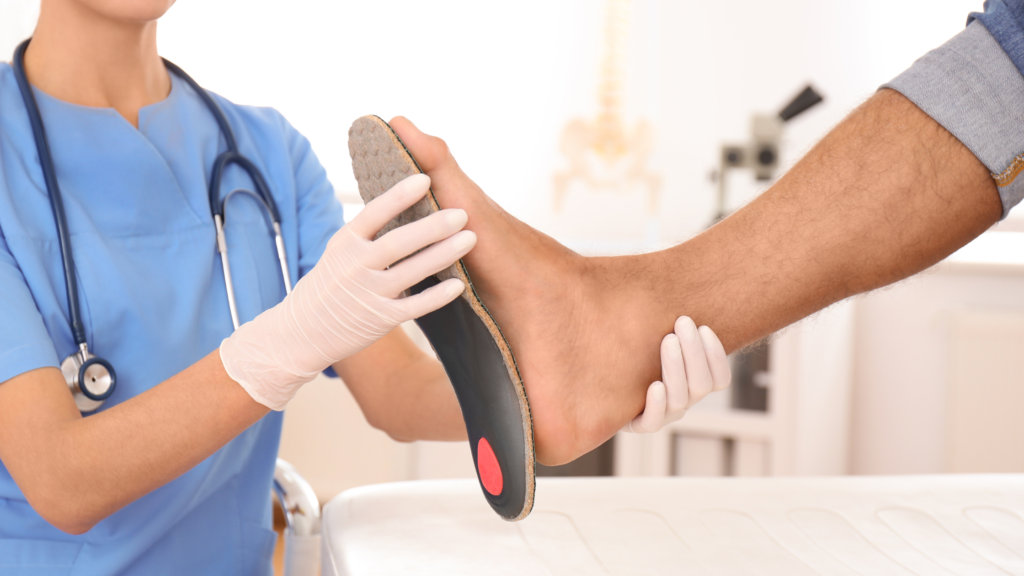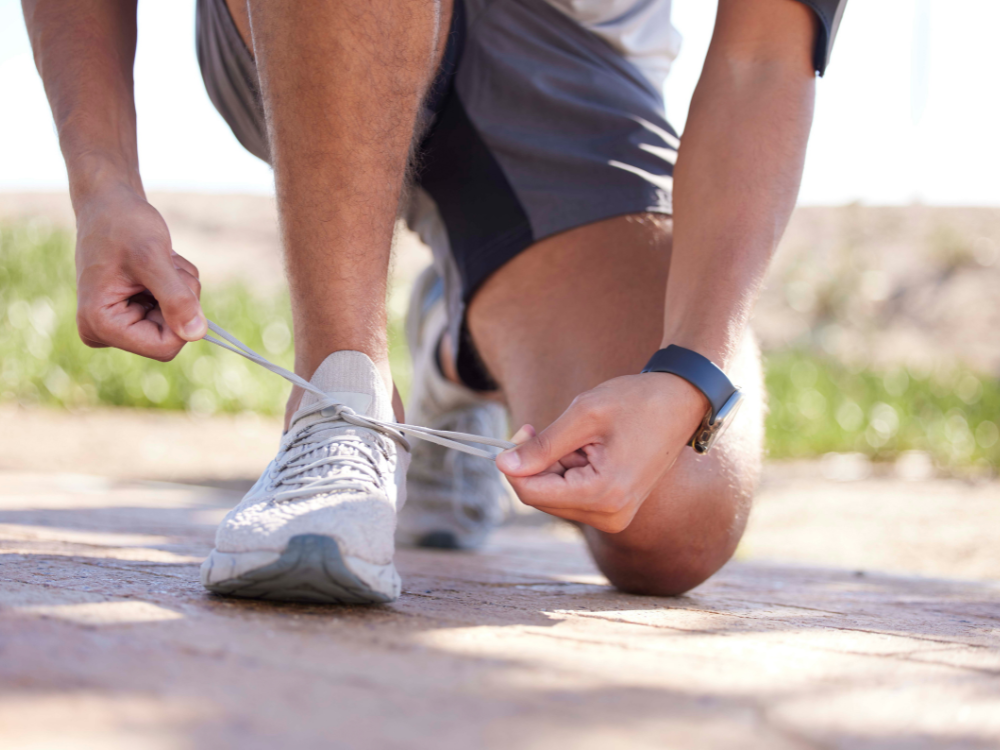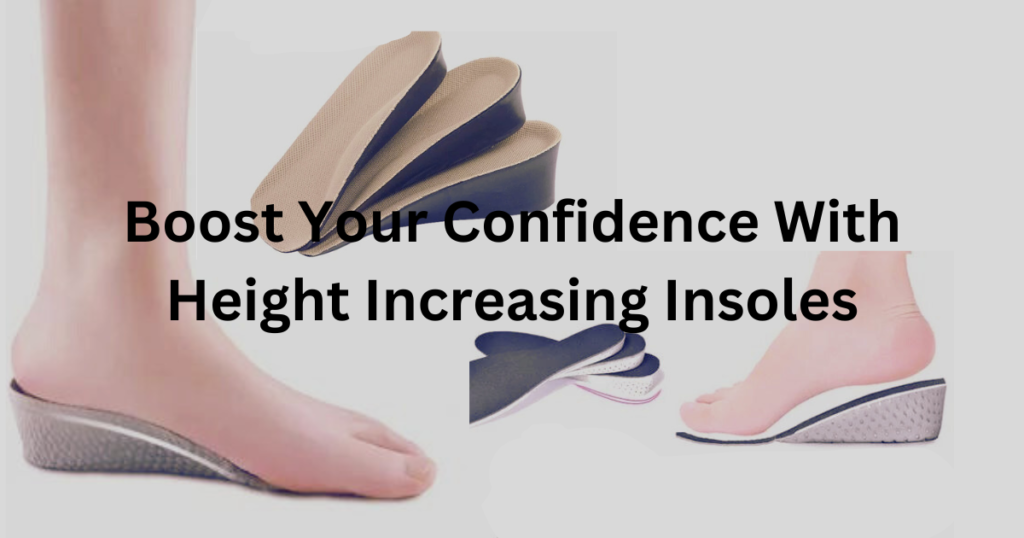Comfortable footwear is essential for maintaining overall foot health and preventing discomfort or pain. For individuals seeking extra support and cushioning for their feet, Gel insoles are a good solution for them. However, it is also very important to know how to put gel insoles in shoes the right way to get optimum comfort and benefit.
Role Insoles Play in Maintaining Foot Health:
Insoles play a crucial role in foot health by providing support, cushioning, and stability to the feet. They help distribute the body’s weight evenly, reducing pressure on specific areas of the foot and alleviating discomfort or pain. Insoles also help absorb shock from walking or running, protecting the feet from impact-related injuries. Additionally, they can correct biomechanical imbalances and improve posture, ultimately enhancing overall foot function and comfort. Whether you’re dealing with foot conditions like plantar fasciitis or simply seeking extra comfort in your shoes, quality insoles can make a significant difference in your daily comfort and well-being.
Your Selection for the Right Gel Insoles Matters:
Selecting the right gel insoles is paramount for ensuring optimal comfort and support for your feet. With a wide array of options available, considering factors such as your foot type, shoe size, and specific areas of discomfort is crucial.
Gel insoles come in various designs and thicknesses, each offering unique benefits tailored to different needs. Whether you’re seeking relief from foot pain, additional cushioning for long days on your feet, or support for high-impact activities, choosing the right gel insoles can make a significant difference in your overall comfort and foot health.
How to Put Gel Insoles in Shoes?
It is important to put the Gel insoles in shoes the right way, to gain optimum benefit from shoe insoles and enhance the comfort of your feet while wearing shoes. Here is how you can put the gel insoles in shoes the right way:
- Before inserting gel insoles, clean the inside of your shoes to remove any dirt or debris. If your shoes already have insoles, carefully remove them to make room for the gel insoles.
- Once your shoes are clean and ready, it’s time to insert the gel insoles. Align the insoles properly inside your shoes, ensuring that they sit flat and cover the entire footbed. Press down firmly to secure the insoles in place, making sure they fit snugly against the sides and bottom of the shoe.
- After inserting the gel insoles, take a few steps to assess the comfort level. Walk around to see how the insoles feel under your feet. If necessary, make adjustments to ensure that the insoles provide adequate support and cushioning in all the right places.
Maintenance and Proper Care of Gel Insoles:
Maintenance and proper care of shoe insoles are essential for prolonging their effectiveness and ensuring continued comfort for your feet. Regular cleaning is crucial to remove dirt, sweat, and odor buildup that can accumulate over time. Simply wash the insoles with mild soap and water, then allow them to air dry completely before placing them back into your shoes.
Additionally, inspect the insoles periodically for signs of wear and tear, such as cracks or flattened cushioning. If you notice any damage, it’s important to replace the insoles promptly to prevent discomfort or potential foot problems. By incorporating these simple maintenance steps into your routine, you can extend the life of your shoe insoles and continue to enjoy their supportive benefits with every step.
Benefits of Using Gel Insoles:
Using gel insoles offers a multitude of benefits for individuals seeking enhanced comfort and support for their feet. One of the primary advantages is the superior cushioning provided by the gel material, which helps absorb shock and reduce pressure on the feet, especially during activities that involve prolonged standing or walking.
Gel insoles also offer excellent support, helping to distribute the body’s weight evenly and alleviate strain on specific areas of the foot. Additionally, the cushioning properties of gel insoles can provide relief from common foot ailments such as plantar fasciitis and heel pain. By enhancing overall foot comfort and reducing fatigue, gel insoles enable individuals to stay on their feet longer and engage in daily activities with greater ease and comfort.
Common Mistakes to Avoid While Using Gel Insoles:
While using gel insoles can provide significant comfort and support for your feet, it’s essential to avoid common mistakes that can compromise their effectiveness. One common mistake is choosing the wrong size of insoles, which can lead to discomfort and inadequate support. It’s crucial to select the correct size based on your shoe size and the specific dimensions of your feet. Another mistake to avoid is failing to align the gel insoles properly inside your shoes.
Poor alignment can result in uneven cushioning and reduced support, diminishing the benefits of the insoles. Additionally, neglecting to replace worn-out gel insoles on time is a mistake that can lead to decreased comfort and support over time. By avoiding these common pitfalls and following proper usage guidelines, you can maximize the comfort and benefits of your gel insoles for optimal foot health.
Common Mistakes to Avoid:
- Choosing the wrong size: Selecting gel insoles that are too large or too small for your shoes can result in discomfort and inadequate support.
- Poor alignment: Failing to align the gel insoles properly inside your shoes can lead to uneven cushioning and reduced effectiveness in providing support for your feet.
- Neglecting to replace worn-out insoles: Over time, gel insoles can lose their cushioning and support properties. Neglecting to replace them, when necessary, can result in decreased comfort and increased risk of foot pain or injury.
Frequently Asked Questions:
1. How long do gel insoles last?
2. Can gel insoles be trimmed to fit?
3. Do gel insoles work for all types of shoes?
4. Can gel insoles help with plantar fasciitis?
5. Are gel insoles suitable for high-impact activities?
Conclusion:
Learning how to properly put gel insoles in your shoes can greatly enhance your comfort and overall foot health. By following the simple steps outlined in this guide, you can ensure that your gel insoles provide optimal support and cushioning for your feet, allowing you to stay comfortable and pain-free throughout the day.





